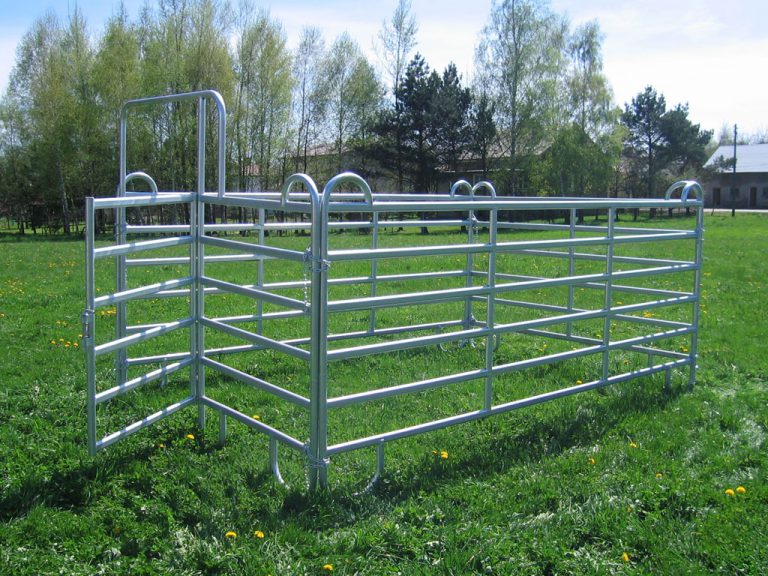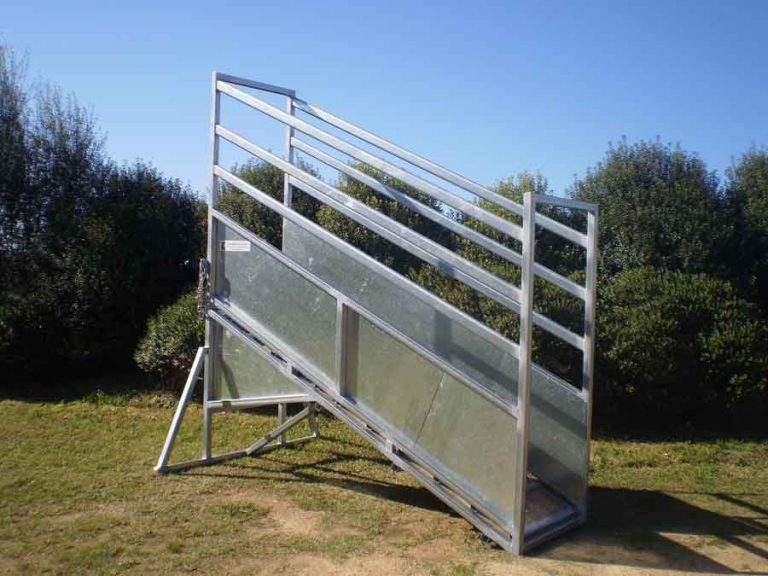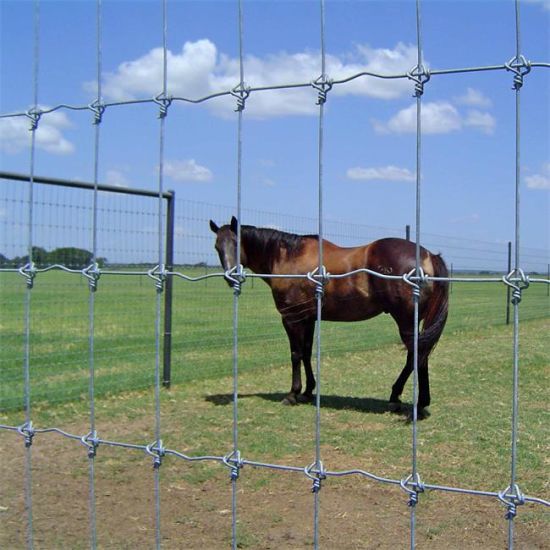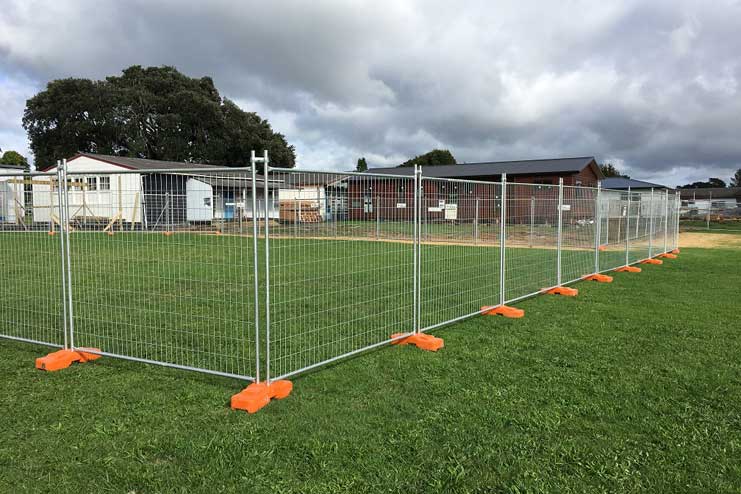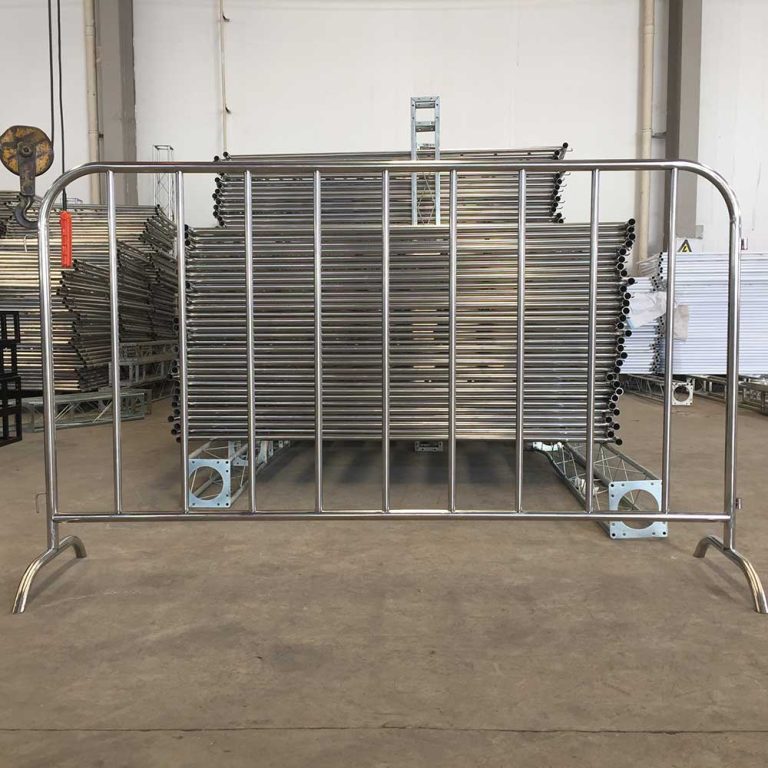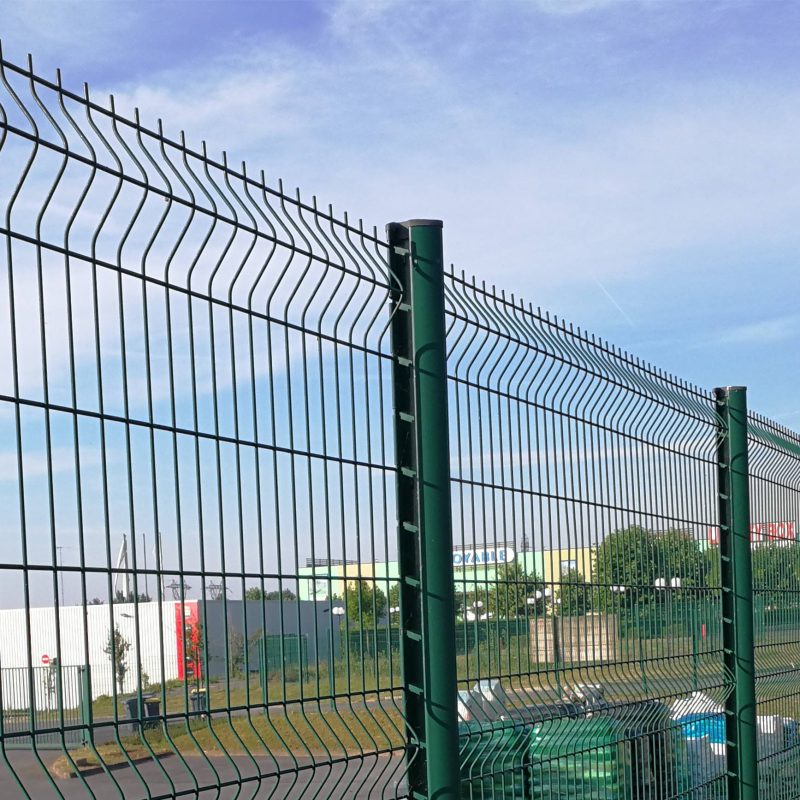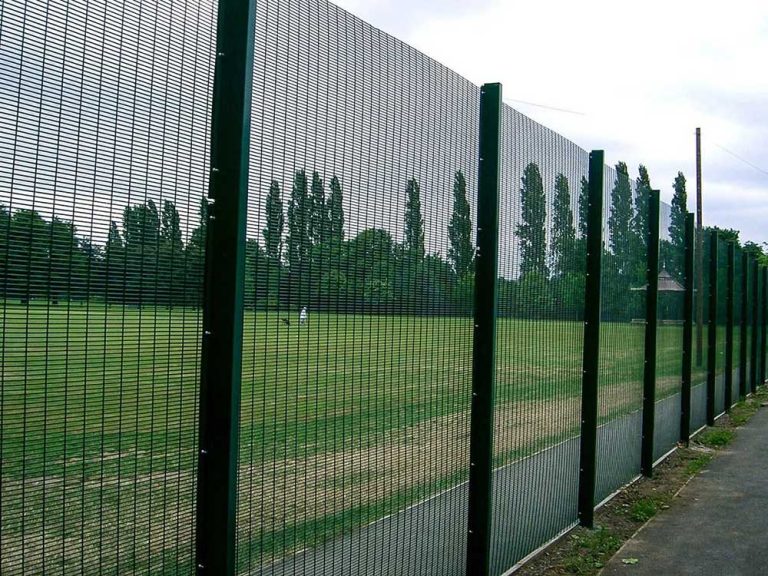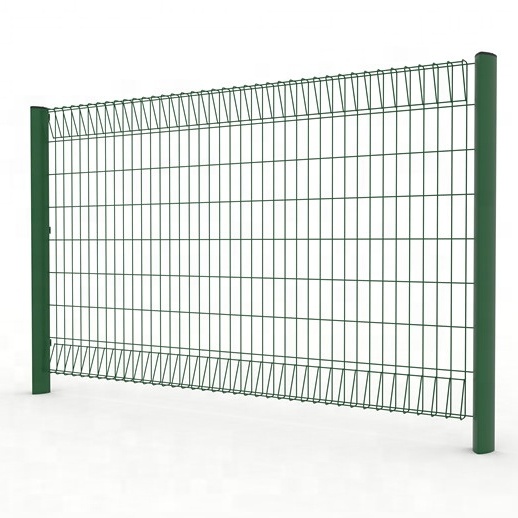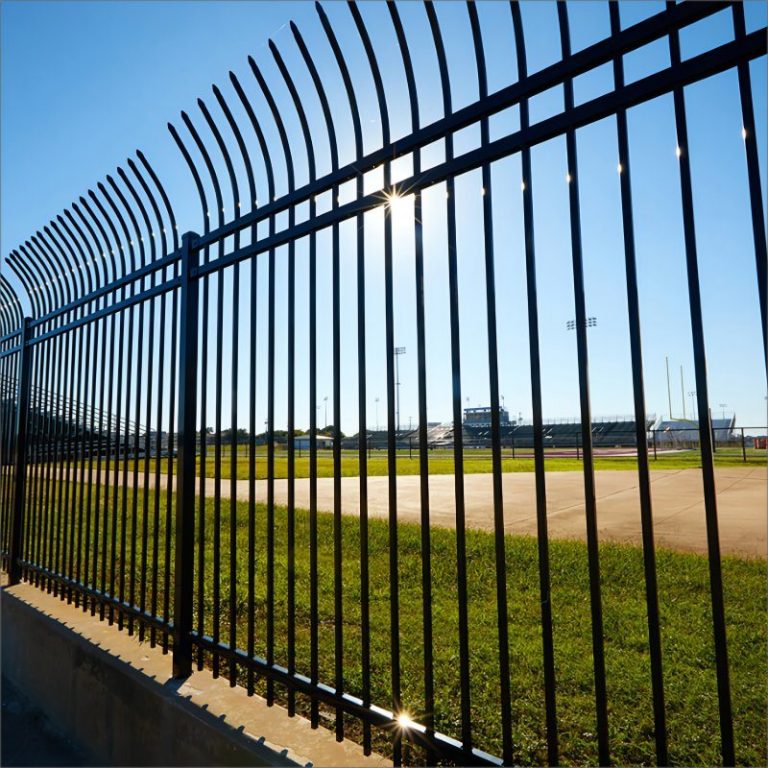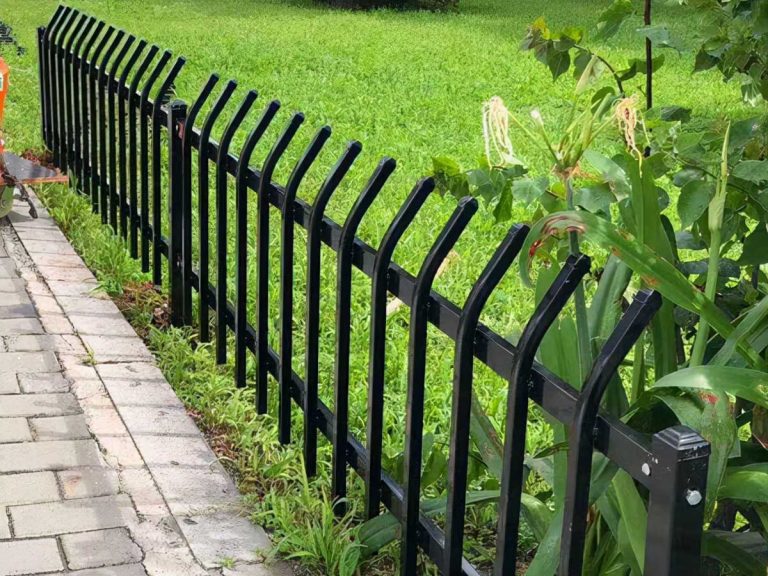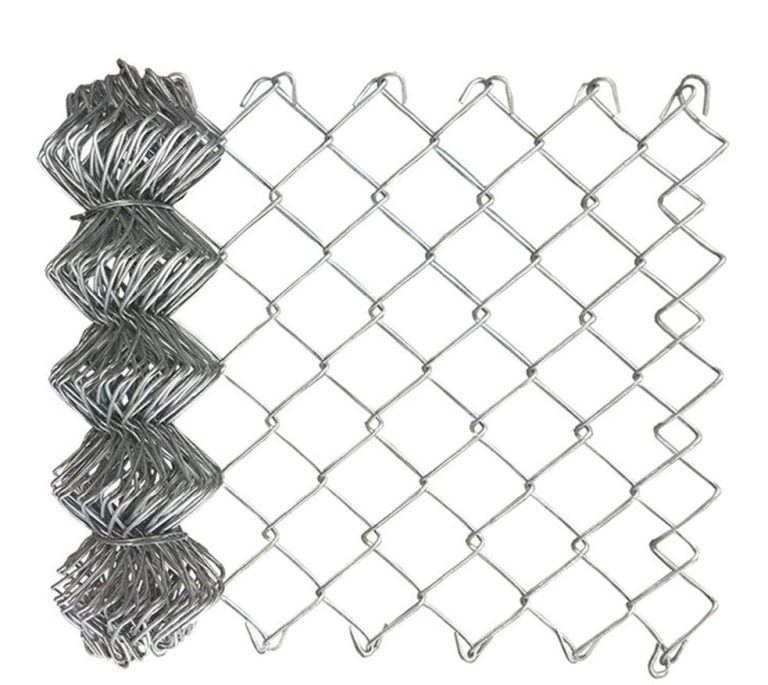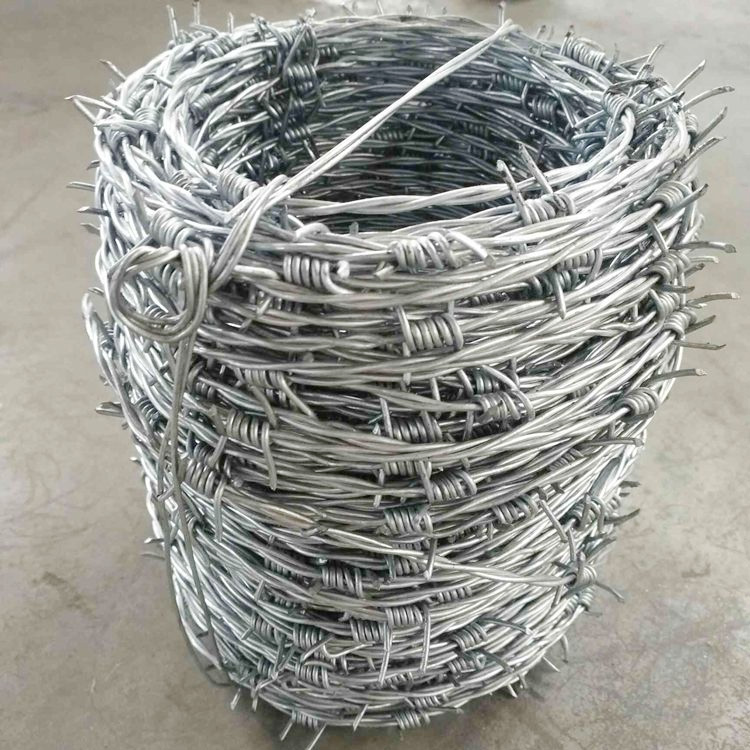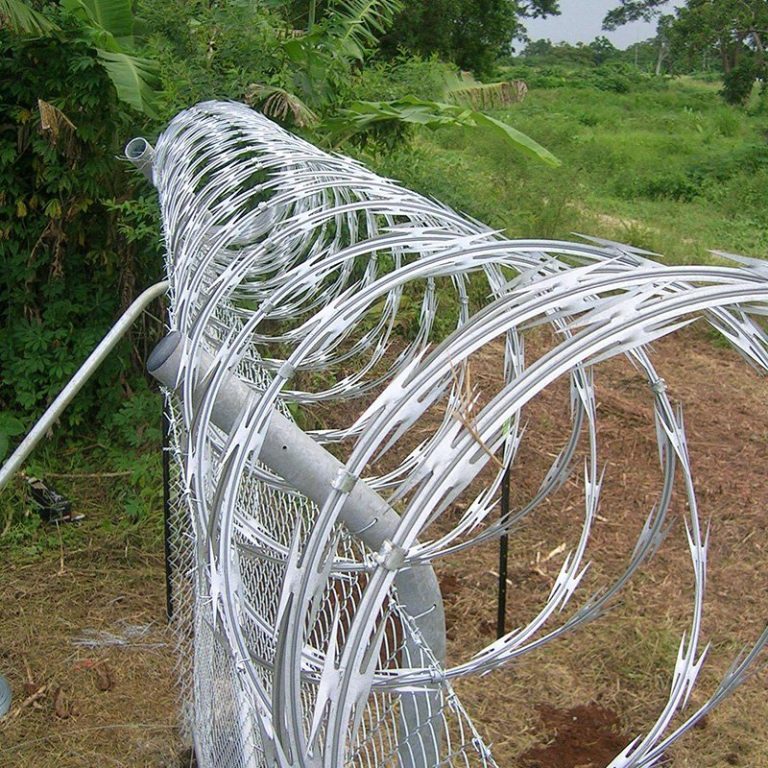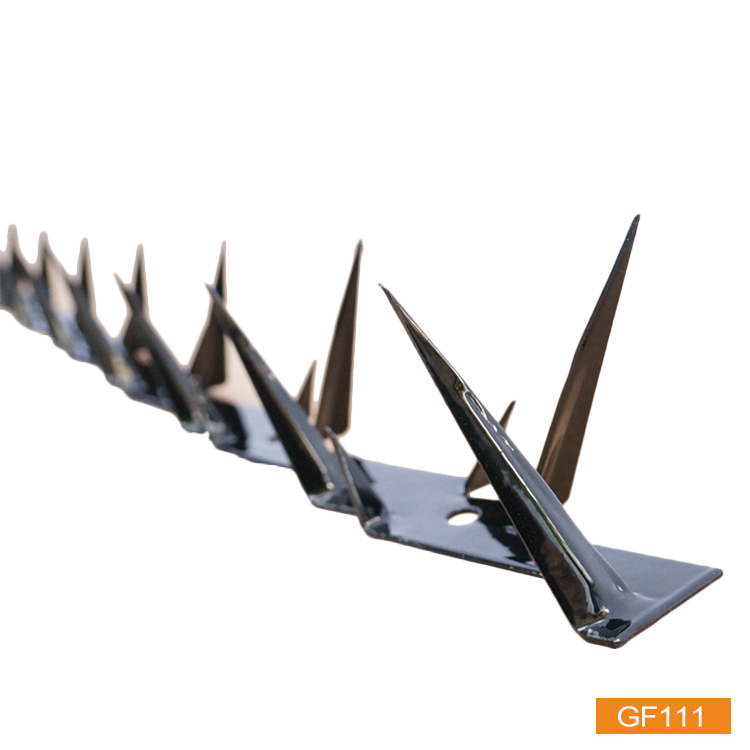Origins and Early Development of Barbed Wire
Historical Background of Fencing in the 19th Century
Before barbed wire came along, putting up fences in the American West was tough and pricey. Farmers and ranchers used wooden fences or stone walls to keep crops and animals safe. These were slow to build and hard to maintain across huge open spaces. As people moved west, they needed a cheap, easy way to mark their land and avoid fights over property.
The Invention and Patent of Barbed Wire
In 1874, Joseph Glidden from DeKalb, Illinois, changed farming forever. He created a simple design for a roll of barbed wire with sharp metal points twisted onto a wire. This made it quick to produce and easy to set up over large areas. Unlike old fences, Glidden’s idea was strong and needed fewer materials. Even small farmers could afford it.
How Barbed Wire Changed Land Ownership and Use
Barbed wire reshaped the American frontier. It let settlers mark and close off their land fast. This ended the days of open-range grazing where cattle roamed freely. People could now control their property lines, which helped create modern ideas of owning land. But this caused problems too. It hurt the traditional ways of Indigenous peoples and ranchers who relied on open land.
The Symbolism Behind the Name “Devil’s Rope”
Cultural Perceptions of Barbed Wire in the American West
The name “Devil’s Rope” came from the tension it caused. For Native American tribes and cowboys, who moved freely across the plains, a roll of barbed wire was a harsh barrier. It split shared lands into private plots. Its sharp spikes brought pain and feelings of being trapped, earning it the grim nickname.
Impact on Indigenous Communities and Open Range Ranching
Barbed wire hurt Indigenous communities a lot. They needed to move freely for hunting, gathering, and spiritual practices, but fences blocked their paths. It also ended open-range ranching. Cattle drives couldn’t pass through endless lines of barbed wire chain. Old herding routes were cut off, causing money troubles for many ranchers.
Religious and Literary Interpretations of the Term
The term “Devil’s Rope” also carried deeper meaning. In religious writings and stories, it stood for sin or being stuck. Writers used it to show how modern tools could trap people and cause suffering. In poems, sermons, and songs, it became a symbol of humans losing their way because of new inventions.
The Role of Barbed Wire in Warfare and Conflict
Use of Barbed Wire in Military Defense Systems
Barbed wire wasn’t just for farms. In World War I, it became key in trench warfare. Soldiers laid out rolls of barbed wire to slow down enemies and guard trenches from sudden attacks. Often, they paired it with razor wire or added electricity to make it even stronger.
Psychological Effects on Soldiers and Civilians
The sight of long, twisted barbed wire chains across battlefields scared soldiers. It felt like a trap with no way out, a constant sign of danger and death. Civilians near war zones also feared it. A roll of barbed wire meant division, loss, and worry.
Evolution from Agricultural Tool to Tactical Barrier
Today, barbed wire is still used in military defenses worldwide. It has grown into sharper versions like razor wire for stronger protection. Razor barbed wire is common in places like factories, border posts, prisons, government buildings, and military bases where high security is needed.
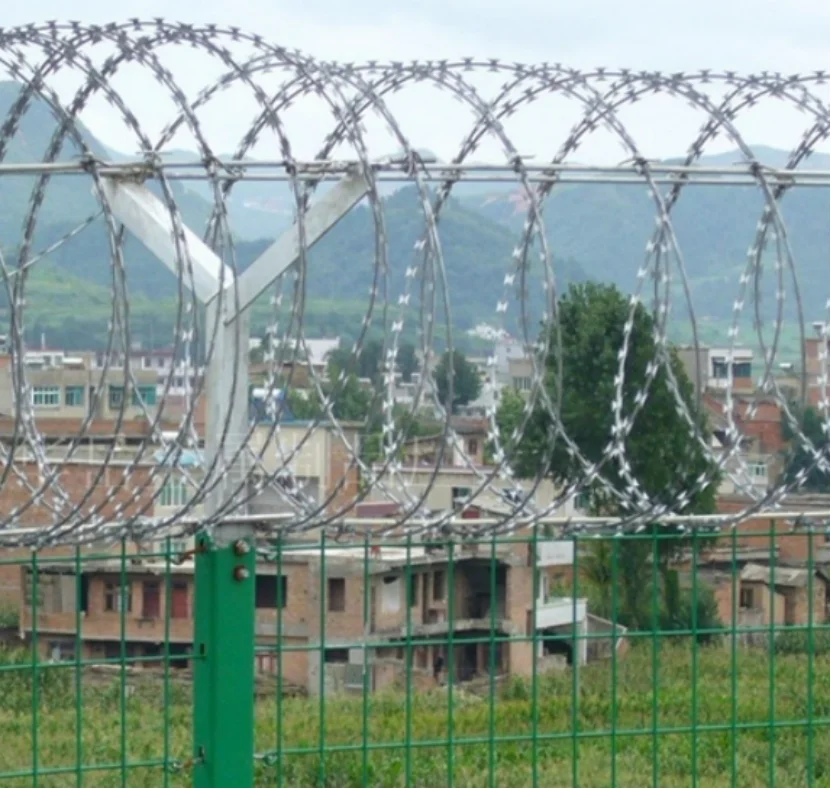
Technological Advancements in Barbed Wire Production
From Hand-Made Strands to Industrial Manufacturing
Early barbed wire was made by hand, with workers twisting wires and adding barbs. Over time, machines took over, making it faster and more even. Now, factories use advanced tools to produce miles of tightly coiled rolls of barbed wire with neatly spaced barbs.
Anping JiaHui Wire Mesh Co., LTD makes top-quality rolls of barbed wire using galvanized steel to resist rust. This ensures the wire lasts, even in tough weather.
Innovations in Durability and Coating Techniques
New coatings like PVC or zinc keep barbed wire from rusting, a big problem for old iron wires in rain or snow. These upgrades make modern barbed wire chain last longer. It’s now used not just on farms but also in city projects needing strong, lasting fences.
Modern Applications and Global Distribution
Agricultural, Industrial, and Security Uses Today
Barbed wire still helps farmers keep livestock safe and stop predators or intruders. Farm fences made from strong galvanized steel can handle fierce animals. They also adjust to hot or cold weather with rolling wave technology.
In industrial places like construction sites or event spaces, chain link fences with three or six strands of barbed wire on top add extra safety. Prisons use advanced designs like welded mesh panels that are hard to climb but easy to monitor. Modern iron mesh fences let guards see clearly while stopping escapes.
Products like cattle panel fences, razor wires, and 358 anti-climb fences show how barbed wire is used in many industries.
Where Can I Buy Barbed Wire for Different Needs?
Whether you’re running a farm or securing a factory, Anping JiaHui offers custom fencing solutions. They provide rolls of barbed wire made to fit your needs, with different sizes, coatings (galvanized or PVC), and mesh types. They also include accessories like tension bars or post clamps for easy setup.
Anping JiaHui gives expert advice and design help to pick the right products for your project, whether it’s a rural farm or a city security system. They offer full support, from making the wire to delivering it.
Exporting Rolls of Barbed Wire: A Global Trade Perspective
As more people need barbed wire worldwide, Anping JiaHui sends its products to many countries. In Africa, their Ghana factory helps build local infrastructure. With over 15 years of experience, they handle both quick orders and custom projects while keeping high quality through strict factory checks.
Frequently Asked Questions (FAQ)
What does “Devil’s Rope” mean?
A: “Devil’s Rope” is a nickname for barbed wire because of its sharp, painful look and how it disrupted traditional ways during America’s westward growth.
Why did people start using rolls of barbed wire instead of wooden fences?
A: Rolls of barbed wire were cheaper and faster to install than wooden fences, which took a lot of work to build in the late 1800s.
Is modern barbed wire still used in warfare?
A: Yes, modern types like razor coils are used in military areas to slow down enemies and protect bases.
Where can I buy barbed wire for different needs?
A: You can get strong, lasting rolls of barbed wire from Anping JiaHui Wire Mesh Co., LTD. They make custom fencing for farms, security, and more.
How is today’s barbed wire different from historical versions?
A: Modern barbed wire has coatings like zinc or PVC to stop rust and can include razor edges for better protection in different settings.
For more details on how our products can help with farming or security, contact Anping JiaHui Wire Mesh Co., LTD today. They’re your trusted source for temporary fences, chain link fence setups, farm fence solutions, and custom rolls of barbed wire made just for you!

